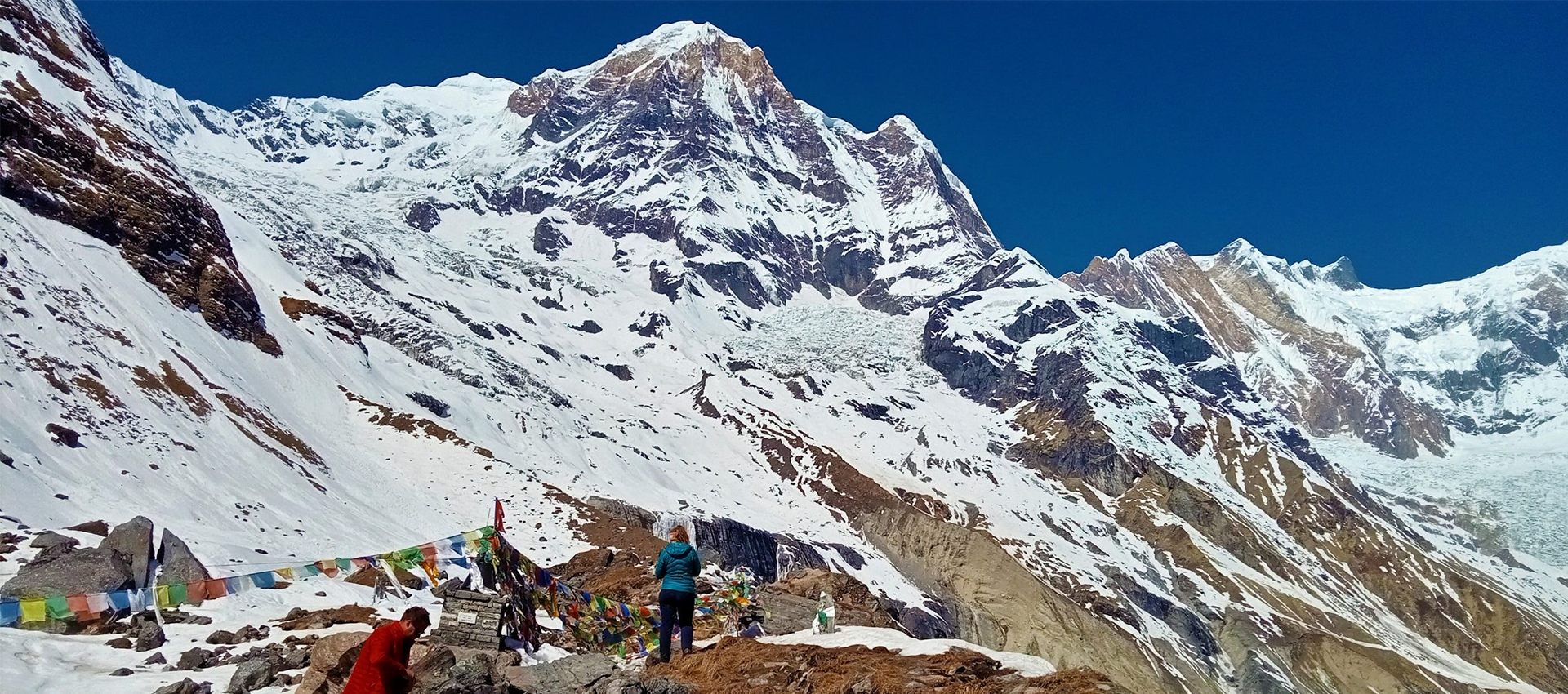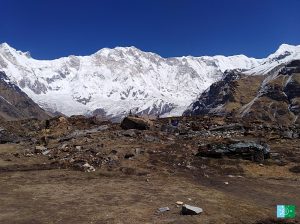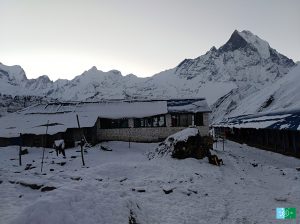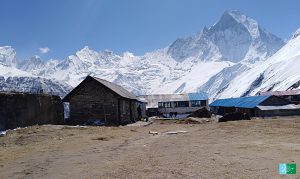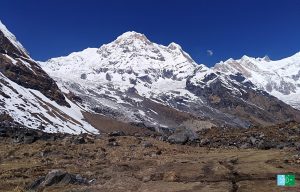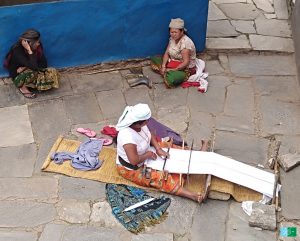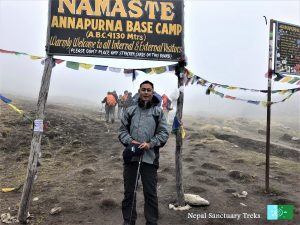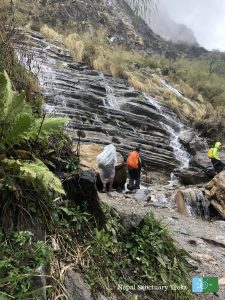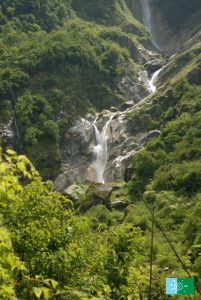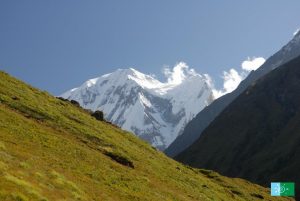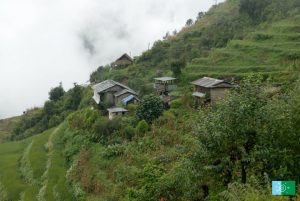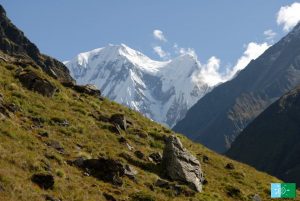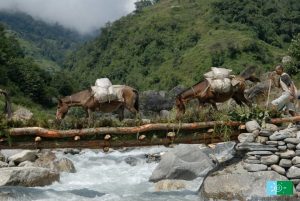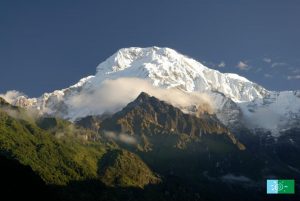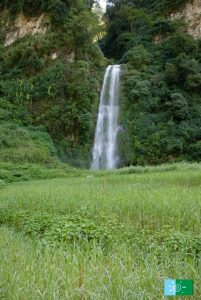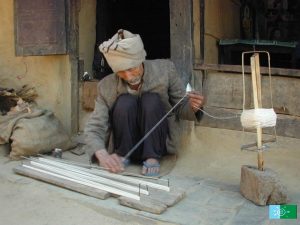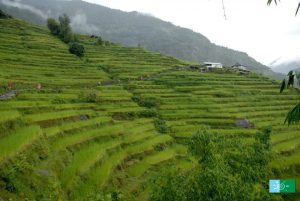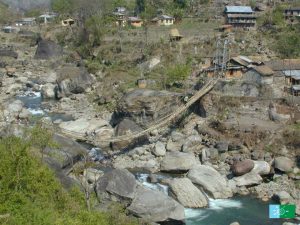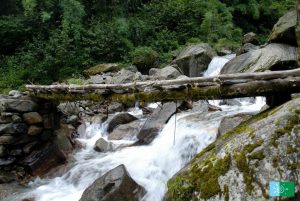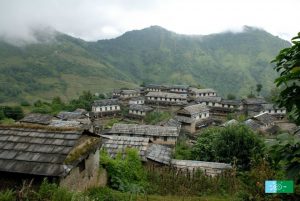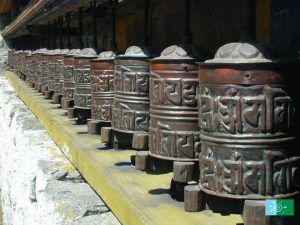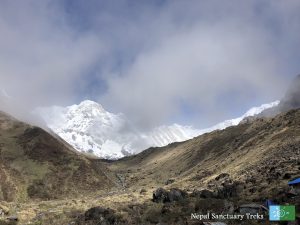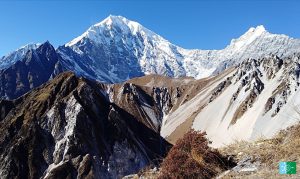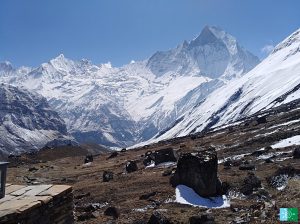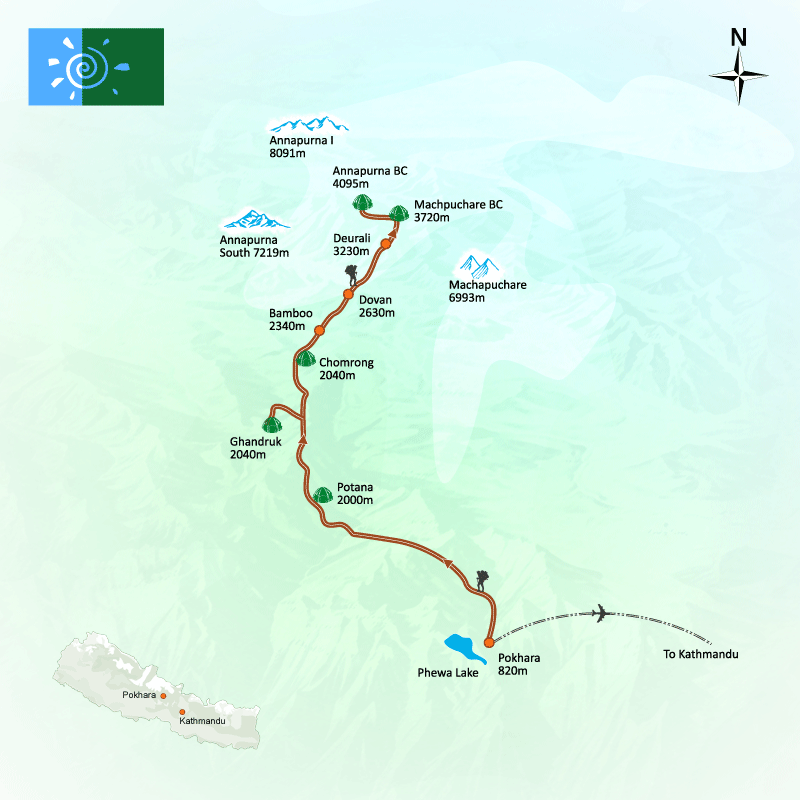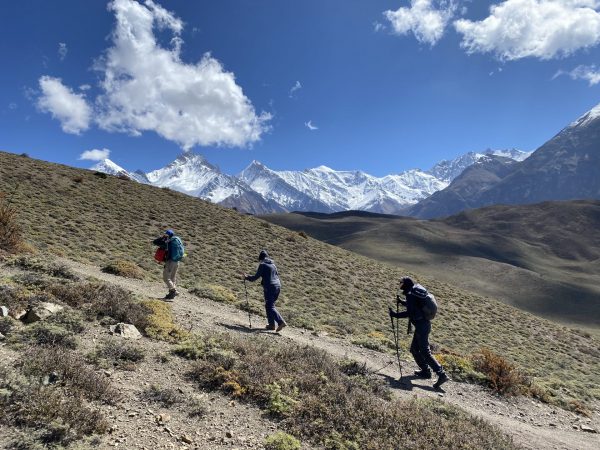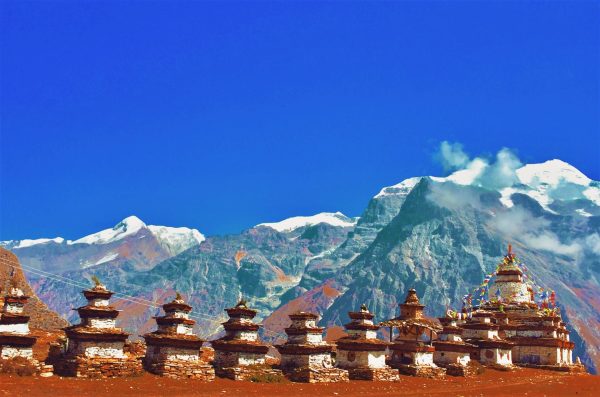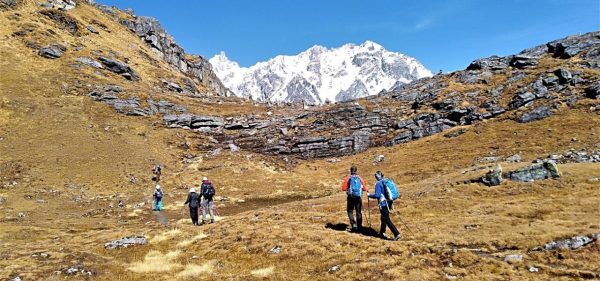Trip Facts
Trip Overview
Annapurna Base Camp Trek : Explore Nepal’s Himalayan Adventure
The Annapurna Base Camp Trek is one of Nepal’s most popular trekking adventures. Also known as the Annapurna Sanctuary Trek, this journey takes you deep into the heart of the Himalayas. Mt. Annapurna, standing at 8,091 meters, is the world’s 10th highest peak. Its base camp, at 4,130 meters, offers breathtaking panoramic views of the surrounding mountains.
The Annapurna Base Camp Trek showcases diverse scenery, from terraced fields and lush forests to dramatic cliffs and snow-covered peaks. As you gain altitude on the Annapurna Base Camp Trek, the environment shifts from warm greenery to pristine alpine terrain. You’ll hike through traditional Gurung and Magar villages, known for warm hospitality and vibrant traditions. These communities add a rich cultural layer to the trekking experience.
The journey begins with a short flight from Kathmandu to Pokhara, followed by a scenic drive to Birethanti, the starting point of the Annapurna Base Camp Trek. Soon after, you ascend steeply to Ghorepani, a vibrant mountain village. Early the next day, hike to Poon Hill to enjoy one of the trek’s most stunning sunrise views. Here, the Annapurna and Dhaulagiri ranges glow with golden light—an unforgettable sight on the Annapurna Base Camp Trek.
The trail continues through forests, valleys, and suspension bridges, offering constant variety on your Annapurna Base Camp Trek. Eventually, you reach Machhapuchhre Base Camp, followed by the final ascent to Annapurna Base Camp itself. Surrounded by towering peaks, the base camp feels both humbling and awe-inspiring.
Whether you travel solo, as families, or with a school group, the Annapurna Base Camp Trek offers the perfect mix of nature and culture. . Above all, this trek promises a deeply rewarding Himalayan experience.
Best Season for Annapurna Base Camp Trek
The best time to trek to Annapurna Base Camp is in spring (March to May) or autumn (September to November). In spring, rhododendrons bloom and skies stay clear. Autumn brings crisp air, dry trails, and ideal visibility. Avoid the monsoon season (June to August), which brings rain, leeches, and poor trail conditions. Winter treks are possible but cold, with snow likely above 3,000 meters.
Annapurna Base Camp Trek Difficulty
The Annapurna Base Camp Trek is moderately challenging. Most people in good health can complete it with proper preparation. Expect to walk five to seven hours each day on mixed terrain. You’ll gradually ascend to 4,130 meters, so altitude awareness is key. No prior trekking experience is needed, but cardio fitness and leg strength help.
Start training 4–6 weeks before departure. Focus on walking, hiking, or light running. Core and leg exercises help with stamina and strength. Stretching and hydration are equally important.
Mental preparation is also vital. Stay flexible, patient, and open to challenges. Practice mindfulness or light meditation to help you stay calm and focused.
Why Choose Nepal Sanctuary Treks for Your Annapurna Base Camp Trek?
With Nepal Sanctuary Treks, your Annapurna Base Camp Trek is fully customized to match your needs and travel style. As a Travelife Certified company, we are committed to sustainable tourism in Nepal and uplifting local communities. Our treks combine adventure with cultural immersion, creating a meaningful and enriching Himalayan experience.
Our expert local guides know the Annapurna trails thoroughly and prioritize your safety at every step. We keep group sizes small to offer personal attention and foster a deeper connection with the people and places you visit.
By staying in family-run teahouse lodges and working closely with local suppliers, your journey supports Nepal’s rural economy. This is responsible trekking that gives back; leaving a lasting, positive impact on both nature and community.
Customizable Annapurna Base Camp Trek Itinerary
Explore the breathtaking Annapurna Base Camp Trek in Nepal’s Annapurna region. Book Annapurna Base Camp trek itinerary with Nepal Sanctuary Treks today. This is only a sample itinerary of Annapurna Base Camp Trek . We shall customize Annapurna Base Camp itinerary according to your preferences and requirements.
Note: Below Annapurna Base Camp Trek’s hours, altitudes and distances are approximate, and absolutely for the general idea only.


